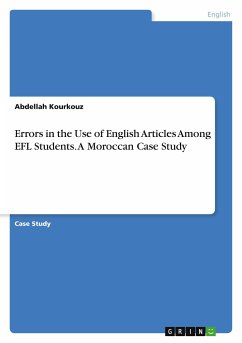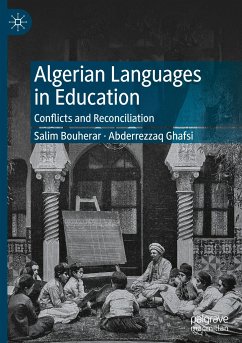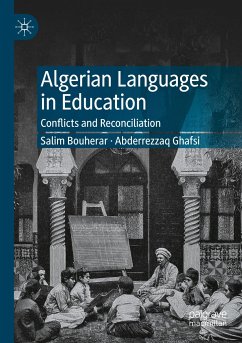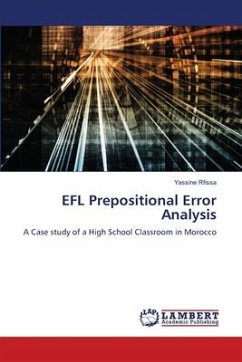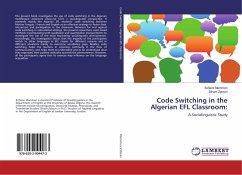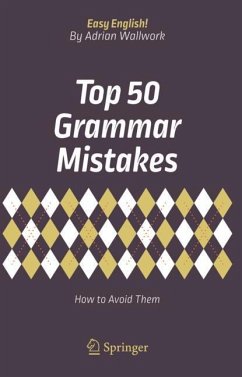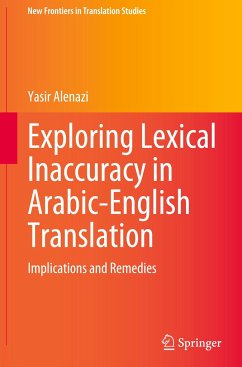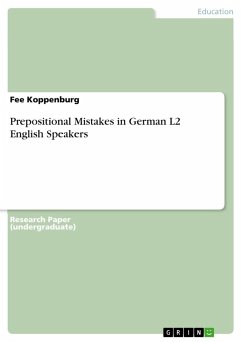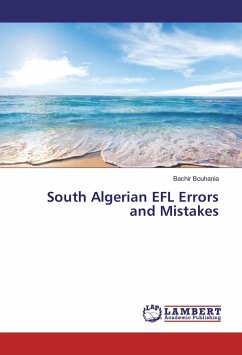
South Algerian EFL Errors and Mistakes
Versandkostenfrei!
Versandfertig in 6-10 Tagen
16,99 €
inkl. MwSt.

PAYBACK Punkte
8 °P sammeln!
This research reports an ongoing study in the field of Error Analysis (EA) that explores the nature and frequency of a written error committed by south Algerian university students. It analyses the grammatical misuse of the English verb to exist as to be exist such as in is exist (-s), is not exist, are exist (-ed), and existness. The data gathered through a corpus of more than three thousand three hundred ninety seven (n=3397) exam papers for the academic years 2003 through 2016, show that the frequencies of repetition of the errors are stable in some cases and fossilised in others. Two hypot...
This research reports an ongoing study in the field of Error Analysis (EA) that explores the nature and frequency of a written error committed by south Algerian university students. It analyses the grammatical misuse of the English verb to exist as to be exist such as in is exist (-s), is not exist, are exist (-ed), and existness. The data gathered through a corpus of more than three thousand three hundred ninety seven (n=3397) exam papers for the academic years 2003 through 2016, show that the frequencies of repetition of the errors are stable in some cases and fossilised in others. Two hypotheses underlie the research; the first is that the learners are either under the influence of their mother-tongue's syntax and lexical-semantics (Interlingual transfer), or they simplify the learning process (Ellis, 1997) through unconscious overgeneralization of the wrong patterns (Intralingual transfer). The second hypothesis is that the error is teacher-induced, for the students who misuse the verb have different educational and geographical backgrounds.



